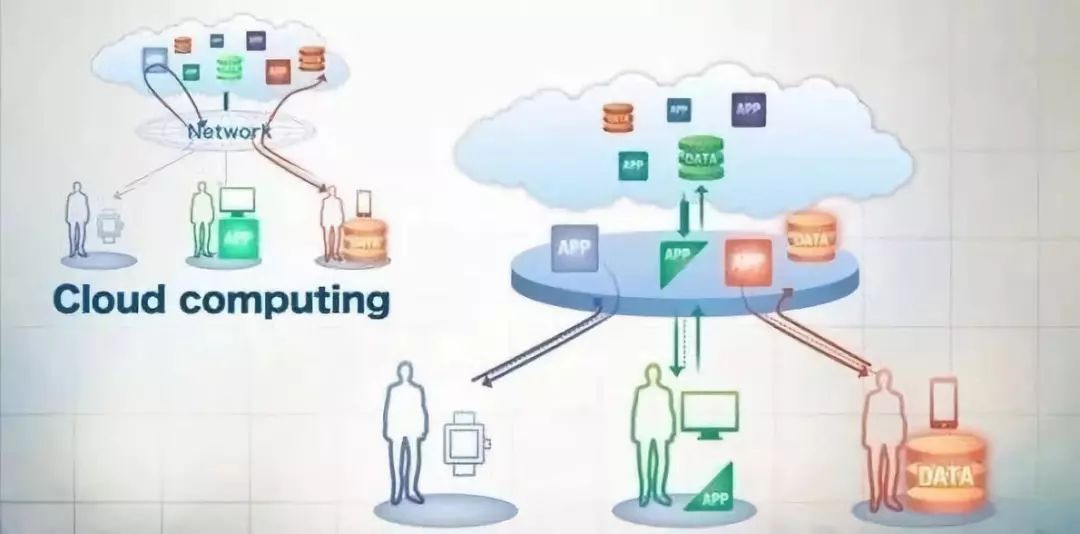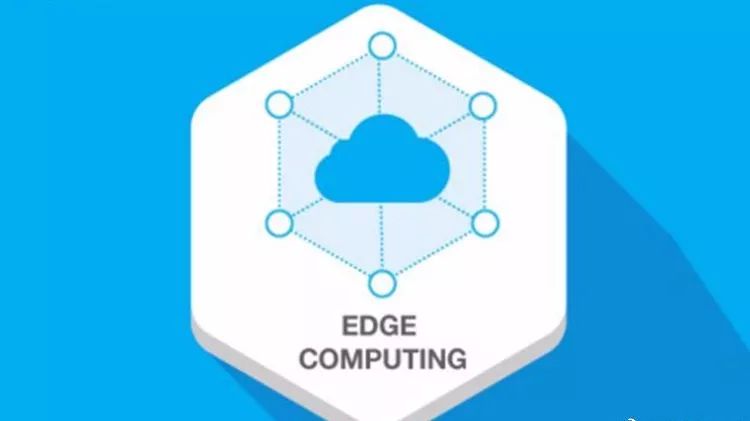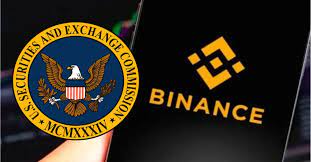Embracing the blockchain, can edge computing go to the center?
Why is the calculation going to the edge?
For more than a decade, the centralized cloud computing model has been considered as a standard IT delivery method. It provides a wealth of computing and storage resources through data centers. It is undeniable that cloud computing significantly reduces the cost of enterprise investment, operation and maintenance. .

With the continuous trend of the Internet of Everything, the number of terminal devices such as smart homes and smart cities is increasing, and the growth rate of terminal data far exceeds the growth rate of network bandwidth. At the same time, many new applications such as AR/VR and car networking have emerged. Higher requirements are imposed on network latency. In particular, the gradual promotion of 5G, in the near future, there will be a period of traffic explosion, there will be tens of billions of smart devices born, this large number of intelligent terminals will bring many challenges to the basic network, that is The edge of the network of intelligent interconnection faces many challenges such as connecting massive heterogeneous devices, real-time service requirements, application intelligence requirements, security and privacy requirements.
At this time, a brand-new idea was proposed, and it is hoped that the cloud computing function can be realized in a large number of network edge devices through the network. This emerging technology is called "edge computing."
- How to implement private transactions on Ethereum?
- Bloomberg: $10,000 is a strong resistance to Bitcoin
- Blockchain technology independent innovation should adhere to "use" rather than "speculation"
Edge computing is a kind of distributed computing. The processing of data materials, the running of applications, and even the implementation of some functional services are decentralized from the network center to the nodes at the edge of the network. Like the octopus in nature, they move very dexterously and quickly during hunting. The height between the wrist and the wrist is never entangled and knotted. This is because 60% of the giant octopus neurons are distributed on the eight legs of the octopus. Only 40% of the brain is a "multiple cerebellum + one brain" structure. This unique distributed calculation makes octopus the most intelligent invertebrate.

It can be imagined that with the exponential increase of smart devices in the future, the edge of the network will generate a huge amount of data. If these data are processed by the core management platform, it is difficult to avoid problems in agility, real-time, security and privacy. However, the use of edge computing can handle massive amounts of data in the vicinity, and a large number of devices can achieve efficient and collaborative work, and many problems can be solved, thus greatly improving the "smart" of computing.
As we all know, the rise of a new wave of artificial intelligence has greatly promoted the development of cloud computing. In the current structural system, large-scale data and data centers are often used to connect large-scale data and superior computing power to carry out large-scale Calculate and implement artificial intelligence.
Contrast cloud computing and edge computing have their own strengths. Among them, cloud computing is good at global, non-real-time, long-cycle big data processing and analysis, and can play an advantage in long-term maintenance, business decision support, etc.; edge computing is more suitable for local, real-time, short-cycle data processing and Analysis can better support real-time intelligent decision-making and execution of local businesses.

In the face of the development of artificial intelligence, including massive data, real-time and security/privacy issues, it is necessary to let artificial intelligence enter life, and it needs to move from the cloud to the terminal. The edge calculation is close to the execution unit, and it is the acquisition and preliminary processing unit of the high-value data required by the cloud, which can better support the cloud application, thereby better performing business rules or models for big data analysis and optimization output, and then optimizing the edge calculation. s efficiency.
Within this distributed architecture, the evolution of the Internet from centralization to decentralization is being promoted. With efficient edge computing, potential billions of sensors, cameras, industrial machines, displays, and smartphones can be used. Integrate with other intelligent communication devices into the data center and process the data in a resilient and virtualized environment to automate the end-to-end manufacturing lifecycle.
From another point of view, edge computing increases the ability to perform task calculation and data analysis on the network edge device, and migrates part or all of the original central server to the network edge device, reducing the computing load of the central server and slowing down the network. The pressure of bandwidth increases the real-time performance of computing and improves the processing efficiency of data in the era of Internet of Everything.

To a certain extent, the edge calculation is connected to the decentralized structure of the blockchain, and it is an important bridge between the future physical world and the digital world. Only when the terminal equipment is smart can it meet the key needs of digitalization in agile connections, real-time services, data optimization, application intelligence, security and privacy protection, and deal with the efficient operation of the digital world in the future.
Edge Computing + Blockchain = Device Democracy
As analyzed in the previous article, the traditional Internet of Things field is based on the centralized structure of the server. The link and data processing of all devices need to go through cloud computing. Now it has been exposed, such as high computing cost, data protection can not be regulated, The problem of causing a chain reaction after being attacked. These are all existing centralizations that cannot be solved.
Edge computing and blockchain fusion can improve the overall performance of IoT devices. Taking the IoT device group as an example, on the one hand, the mobile edge computing can act as a “local brain” of the IoT device, store and process the data returned by different IoT devices in the same scene, and optimize and correct the working status of various devices. The path is thus optimal for the overall application of the scene.

On the other hand, the IoT terminal device can “register” the data to the edge computing server, and ensure the reliability and security of the data with the help of blockchain technology, and also charge for the service charge of the IoT device in the future. The way of development offers possibilities.
It is conceivable that in the digital world of the future, tens of billions of smart devices are supporting the development of the physical world, while a huge invisible data network is interwoven in every corner of the world, and each point is in the middle of each other. The exchange of data is precisely because of the existence of edge computing, so that each device can form its own "thinking", plus the protection of blockchain, guarantee the safe transmission of every "thinking", this scene is like a creature The “emergence” of the world, through the democracy of equipment, creates a more efficient digital world.
Author: Dipperin
We will continue to update Blocking; if you have any questions or suggestions, please contact us!
Was this article helpful?
93 out of 132 found this helpful
Related articles
- Explore the Huaqiang North Bitcoin mining machine rivers and lakes: the blockchain is not good enough to "save the city".
- The number of down-limit stocks exceeds the daily limit, from scrambling to “chain” to busy warning risk
- Internet giant blockchain layout big PK: avoid "hard", focus on different
- Technology Preview: How to create a 5GB stable block?
- Ripple’s daily trading volume suddenly soared to 1.6 million, accounting for more than 50% of all cryptocurrency transactions
- People's Network Review "Analysis of Blockchain": How to Avoid Deviation
- A new round of focus on Sino-US competition: digital economy based on blockchain technology





